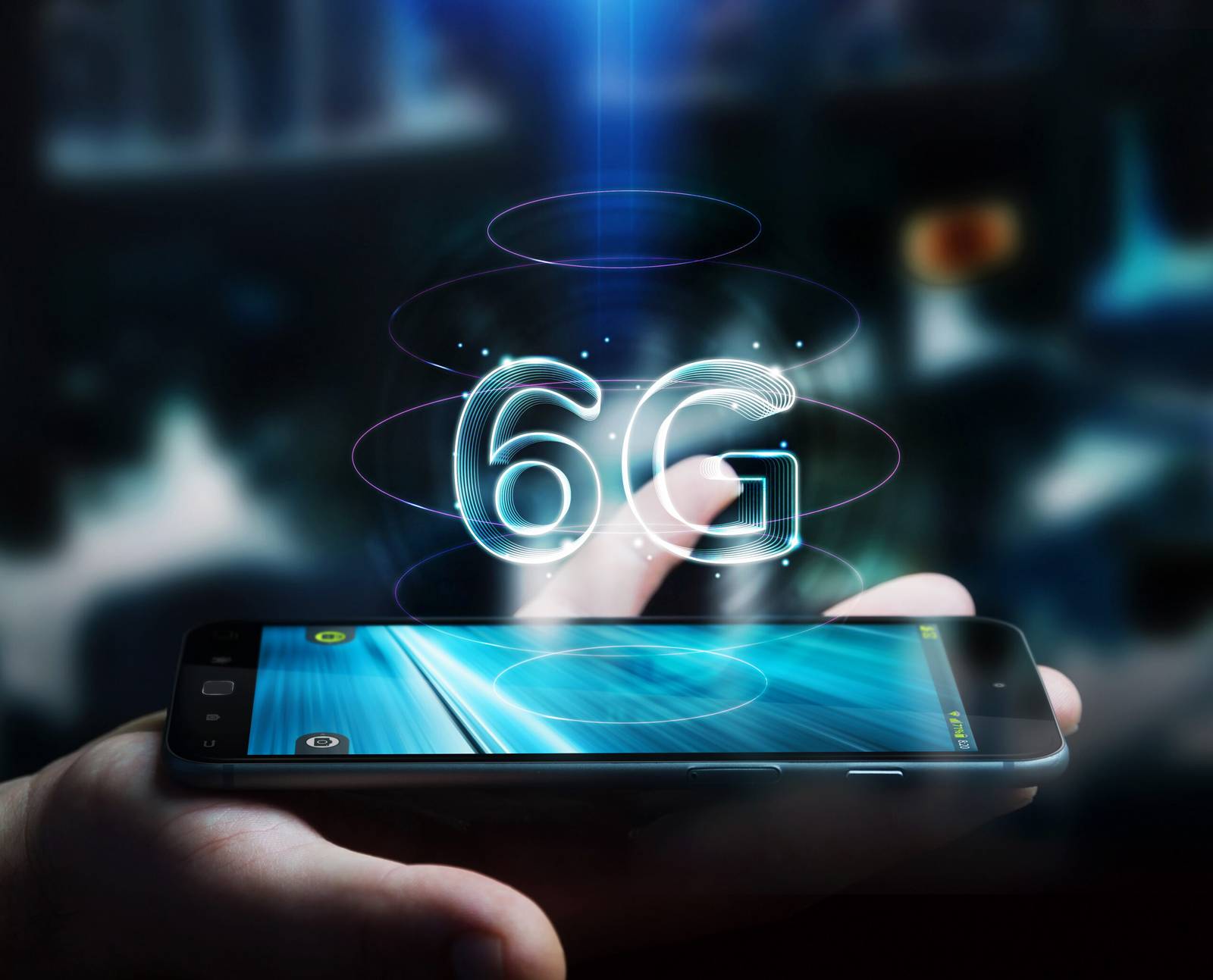Exploring 6G: The Next Generation of Wireless

by Web Digital
As 5G networks become more widespread, the tech industry is already looking to the future, and that future is 6G. The sixth generation of wireless technology promises to be a game-changer. Taking connectivity to unprecedented levels and opening doors to new possibilities that were once thought to be the realm of science fiction. In this article, we will explore 6G, its potential applications, the challenges it faces, and the exciting opportunities it presents for the world of Exploring 6G: The Next Generation of Wireless communication.
What is Exploring 6G?
6G, or the sixth generation of wireless technology, represents the next step in the evolution of telecommunications after 5G. While 5G is still being rolled out in many parts of the world. It’s essential to look ahead and understand the goals and potential of 6G.
6G is envisioned as a wireless network that will provide even faster speeds, lower latency, and more reliable connections than 5G. It aims to create an ultra-connected world, offering a seamless integration of the physical and digital realms.
Speed and Bandwidth
One of the defining features of 6G is its extraordinary speed and bandwidth. While 5G offers speeds of up to 10 gigabits per second (Gbps), 6G is expected to provide speeds exceeding 100 Gbps. This quantum leap in data transfer rates will allow for near-instantaneous downloads and uploads, making data-intensive tasks like 8K video streaming and virtual reality experiences even smoother and more immersive.
Low Latency
6G is set to reduce latency to unprecedented levels. Latency refers to the delay between sending a signal and receiving a response. In 5G, latency can be as low as 1 millisecond (ms). However, 6G is aiming to achieve sub-millisecond latency, close to the physical limitations of electromagnetic waves. Such low latency is essential for applications like remote surgery, autonomous vehicles, and augmented reality, where real-time response is critical.
Massive Device Connectivity
This capability will be crucial for the Internet of Things (IoT), where billions of devices, from smart appliances to industrial sensors, will need to communicate seamlessly and efficiently. 6G will provide the necessary infrastructure to accommodate this exponential growth in device connectivity.
Terahertz Spectrum
6G will leverage the terahertz (THz) spectrum, which represents frequencies above the millimeter-wave spectrum used in 5G. The THz spectrum offers immense bandwidth, enabling higher data rates and more reliable connections. However, it comes with technical challenges, including signal attenuation due to environmental factors, which need to be addressed.
AI Integration
Artificial intelligence (AI) will play a significant role in 6G networks. AI will be used for network optimization, managing a vast number of devices, and enhancing security. It will also enable advanced features like intelligent beamforming. Which directs wireless signals precisely to their intended recipients.
Holographic Communication
6G envisions the development of holographic communication, enabling users to interact with 3D holographic avatars in real time. This concept has vast potential for remote collaboration, education, and entertainment. Making it feel as though people are physically present in the same space, even when they are continents apart.
Quantum Communication
Quantum communication is a field that leverages the principles of quantum physics to achieve unprecedented security in data transmission. 6G is expected to incorporate quantum communication to protect sensitive information from eavesdropping. This could revolutionize industries where data security is paramount, such as finance and government.
Environmental Sensing
6G is not just about communication; it’s also about sensing the environment. With advanced sensors and connectivity, 6G networks can monitor and react to environmental conditions. For instance, they can aid in the early detection of natural disasters, assess air and water quality, and enable precision agriculture.
Challenges and Considerations
While 6G promises a bright future for wireless communication, several challenges and considerations must be addressed:
Technical Hurdles: Harnessing the terahertz spectrum and achieving ultra-low latency are technically demanding tasks that will require significant research and development.
Infrastructure Upgrades: Implementing 6G networks will require substantial infrastructure upgrades, including the deployment of a more extensive network of base stations and fibre-optic connections.
Regulatory and Spectrum Allocation: Governments and regulatory bodies need to allocate the necessary spectrum for 6G and establish global standards to ensure interoperability.
Security Concerns: With more devices and data flowing through 6G networks, security and privacy concerns will become even more critical. Addressing these issues is paramount.
Conclusion
6G represents the next frontier of wireless communication, promising blazing-fast speeds, ultra-low latency, and a host of innovative applications. While 5G is still being rolled out globally, it’s clear that the future of wireless technology is already on the horizon. As we explore the possibilities and challenges of 6G, one thing is certain: the way we connect, communicate, and interact with the digital world is on the verge of a transformative shift that will reshape industries and our daily lives. The evolution of wireless technology continues, and the potential is limitless.
Recommended Posts

Exploring Innovative Technologies in Ajax Digital Marketing
November 23, 2024


